Search
Search Results
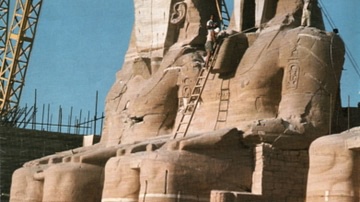
Article
Christiane Desroches Noblecourt - Strong as the Stones she was able to move
Her name echoes down the corridors, in classrooms and in books, Christiane Desroches Noblecourt was a great French Egyptologist and, in the opinion of the writer, a woman strong and determined enough to have been the first female to direct...
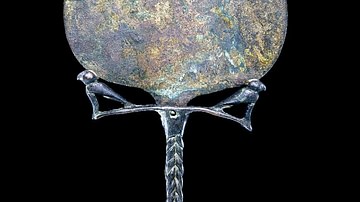
Article
Ancient Egyptian Science & Technology
The great temples and monuments of ancient Egypt continue to fascinate and amaze people in the modern day. The sheer size and scope of structures like the Great Pyramid at Giza or the Temple of Amun at Karnak or the Colossi of Memnon are...
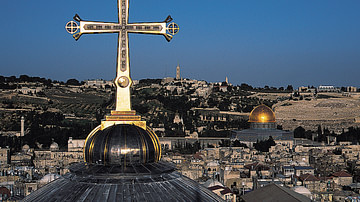
Article
Pilgrimage in the Byzantine Empire
Pilgrimage in the Byzantine Empire involved the Christian faithful travelling often huge distances to visit such holy sites as Jerusalem or to see in person relics of holy figures and miraculous icons on show from Thessaloniki to Antioch...
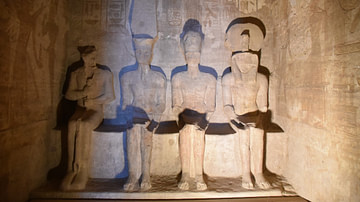
Image
Abu Simbel, Sanctuary of the Temple of Ramesses II
In the sanctuary inside the Temple of Ramesses II (Great Temple) at Abu Simbel are rock-cut sculptures of four seated figures: Ra-Horakhty, the deified king Ramesses, and the gods Amun Ra and Ptah. The architects of ancient Egypt in the 13th...
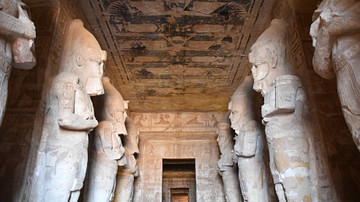
Image
Abu Simbel, Interior of the Temple of Ramesses II
The hypostyle hall of the Temple of Ramesses II at Abu Simbel is 18 m (59 ft) long and 16.7 m (55 ft) wide and is supported by eight massive pillars depicting the deified Ramesses linked to the god Osiris. The temple's interior is decorated...
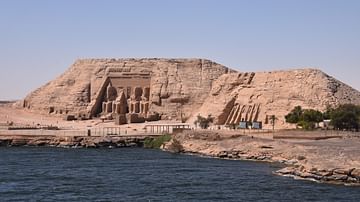
Article
Sailing on Lake Nasser towards Abu Simbel
In ancient times, the First Cataract at Aswan marked the southern frontier of Egypt. Beyond lay the land of Nubia, which stretched along the river Nile from the First Cataract southwards for about 250 kilometres (155 mi). This region, known...
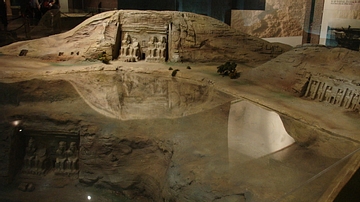
Image
Abu Simbel - Plastic
Final plastic, which shows the original position of the temples of Abu Simbel (1300 BC) and the final position after the grand relocation.

Image
Abu Simbel - Work in Progess
View of work in progress, during the repositioning of the temples of Abu Simbel, relocated 60 meters high and 200 meters back from its original position
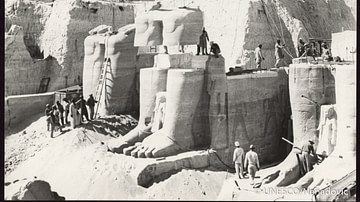
Image
Dismantling of Abu Simbel Statues, 1966
Dismantling of the statues of the Great Temple at Abu Simbel during the International Campaign for the Safeguard of the Nubian Monuments launched by UNESCO.
Abu Simbel, Egypt, Nubia (9 February 1966)
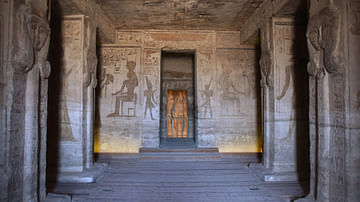
Image
Abu Simbel, Interior of the Temple of Hathor
The Temple of Hathor or "Small Temple" was constructed during the reign of Ramesses II (c. 1279 - c. 1213 BCE). It was dedicated to the goddess Hathor and Queen Nefertari, Ramesses' favourite wife. The temple's hypostyle hall is supported...